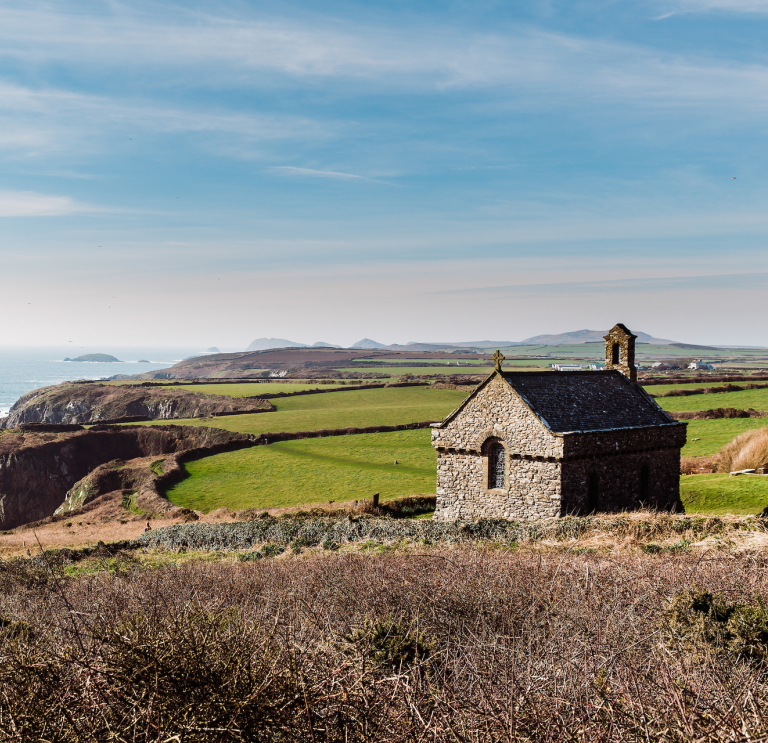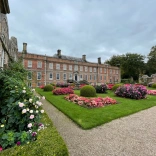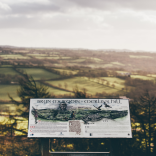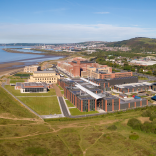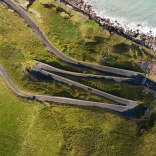The Celts and early Christianity in Wales
Wales, like Scotland and Ireland is a Celtic Country and our Celtic history still has an important impact in our heritage, culture and sense of place. Today there are many sites to visit to learn more about our ancestors.
The Celts lived during the Iron Age from 600BC to 43AD and ended with the Roman invasion in 43AD.
Way of life
Many Celts in Wales lived in roundhouses on hilltop enclosures or hillforts, with a bank or ditch for defence. They farmed wheat, barley, sheep, cattle and pigs. The Celts are known for their craftwork in clay, metal and wood with distinct Celtic patterns. Archaeologists have found intricate artefacts including jewellery, razors, combs and hair accessories which can be found in museums today. On saying that, they were also warlike and their warriors would have had shields, spears and swords. Their battles were both on foot or horse drawn chariots.
Celtic priests were called Druids and were influenced by nature and the world around them, they were teachers, and judges too.
Hillforts
Some of the best Celtic hillforts to visit in Wales are:
- Moel Fenlli - Clwydian Range and Dee Valley (North East Wales)
- Castell Dinas Bran - near Llangollen, Denbighshire (North Wales)
- Gaer Fawr - near Welshpool, Powys (Mid Wales)
- Ffridd Faldwyn - near Montgomery, Powys (Mid Wales)
- Castell Tinboeth - near Llandrindod Wells, Powys (Mid Wales)
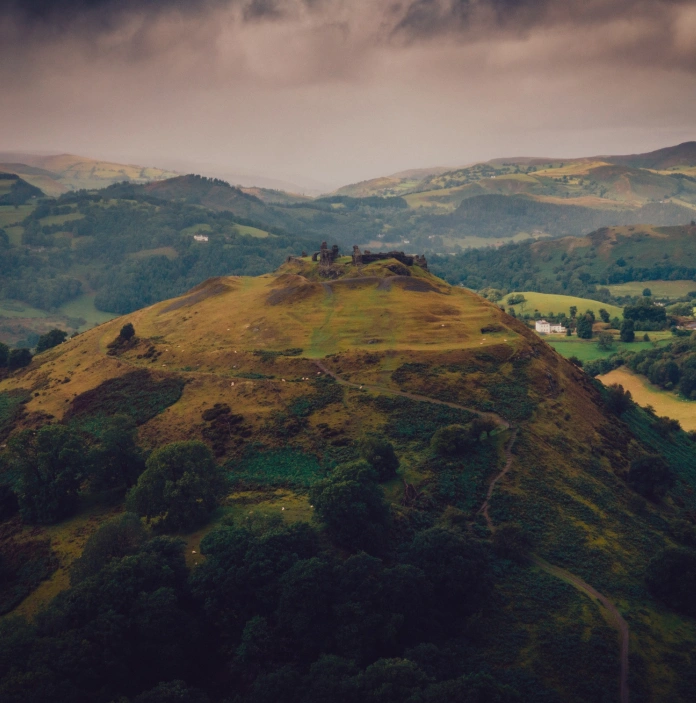
Saints
Arguably Wales’ most famous saint is St David, he is the patron saint of Wales and we celebrate his feasts day on 1st March every year. He was a vegetarian and drank only water. His life is surrounded by legend, but we do know that he was a bishop and abbot in the 6th century. His mother is St Non and today, visitors can visit the ruins of St Non's Chapel which overlooks the bay, where reputedly, St David was born in a thunderstorm sometime around the year 462. On the path, visitors will pass the holy well, claimed to have healing powers. A three minute walk away, is also the Chapel of our Lady and St Non built in the 1930s, and a bit further inland; Wales' smallest city of St Davids with it’s beautiful cathedral dedicated to the saint.
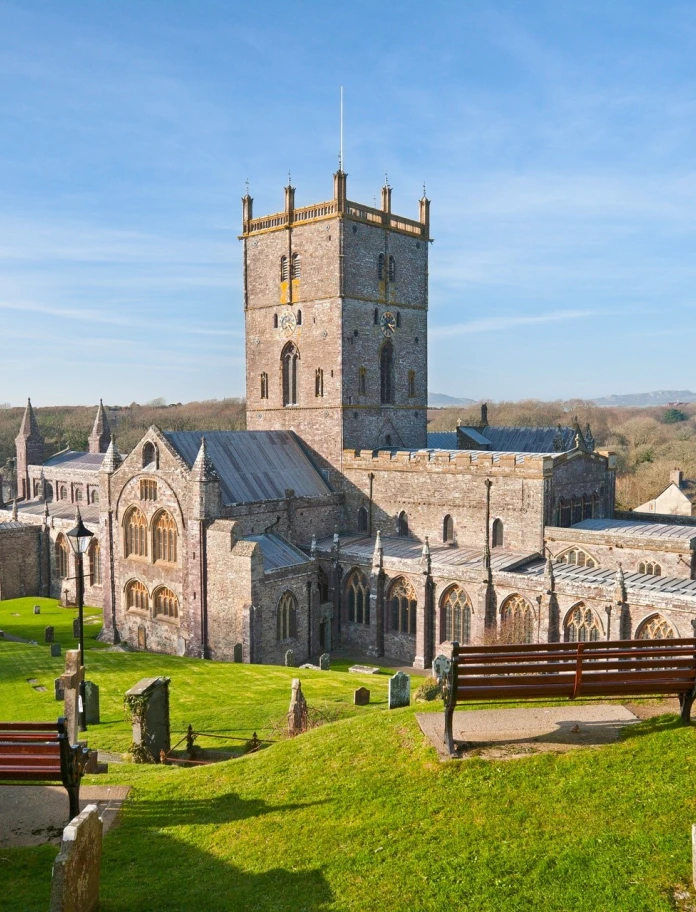
St Illtud, had a monastery school at Llantwit Major (near what is today Cardiff) and many monks came to study from Ireland, Brittany, and Cornwall and took Christianity to Ireland.
St Patrick, the patron saint of Ireland was originally Welsh and sailed to Ireland from Anglesey.
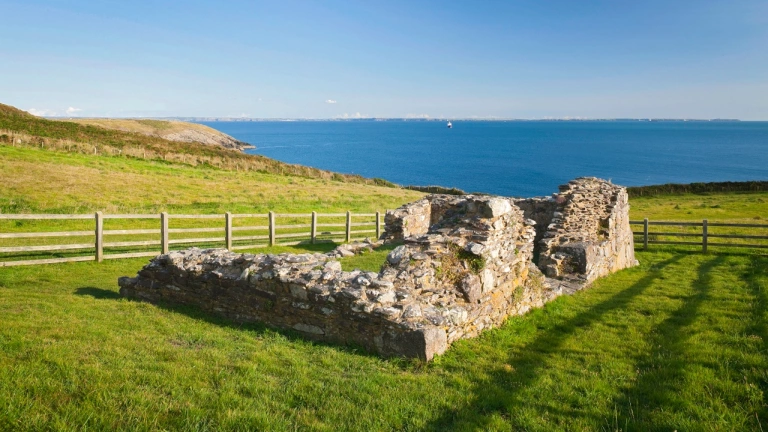
Pilgrimages
There were many early Christian Pilgrimage routes to destinations that are still popular today with tourists and Pilgrims and they include:
- Bardsey or Enlli in Welsh is known as the ‘Island of 20,000 Saints’ where they were buried during the early middle ages after a pilgrim route followed the Llŷn Peninsula. The ruins of Augustinian Abbey of St. Mary dating back to the thirteenth century can be found on the island.
- St Davids, in medieval times, two pilgrimages to St Davids was the equivalent to one pilgrimage to Rome and three to The Holy land.
- Holywell and the Shrine of St Winefride became known ‘The Lourdes of Wales’ there have been pilgrimages for over 1300 years for those requiring healing.
See our pilgrimage routes fact sheet for a list of pilgrimage routes to discover by foot.
Sites in North Wales
- Bryn Celli Ddu - A renowned prehistoric site on Anglesey near Llanddaniel Fab. It is two sites in one, a henge (bank and ditch) enclosing a circle of stones (like Stonehenge in Wiltshire) that was replaced by a chambered tomb under a mound measuring up to 85ft/26m in diameter. Visitors can walk along a narrow passage to an octagonal chamber 8ft/2.4m across. Artefacts including human bones, arrowheads and carved stones have been found. On the longest day of the year (21 June) as the sun rises, light shines directly into tomb’s passageway to light up the chamber.
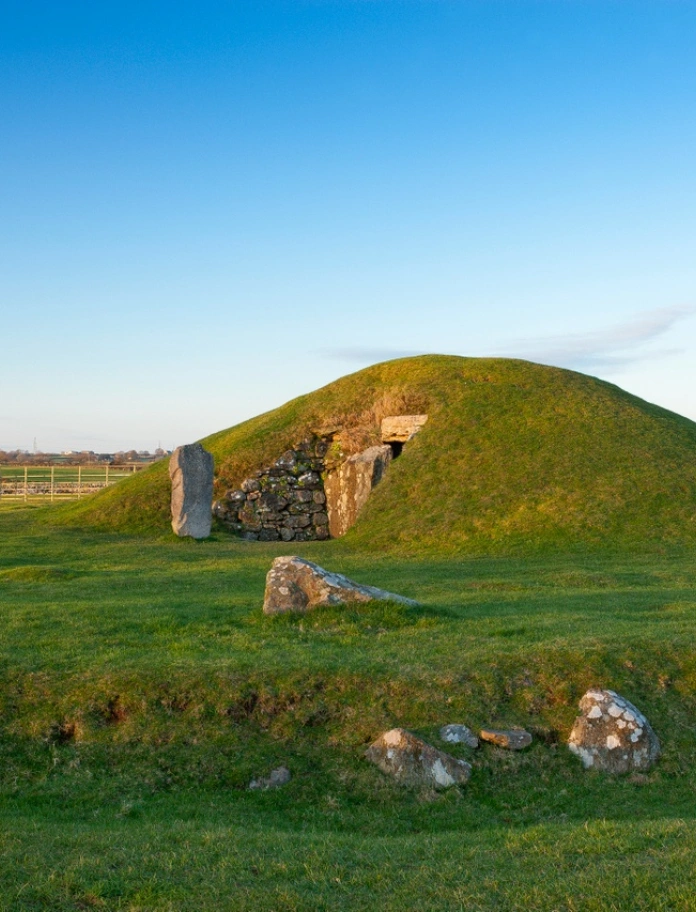
- St Beuno’s Church, Clynnog Fawr – This medieval church marks the start of the pilgrimage route to Bardsey Island. The church is noted for its woodwork including misericords, rood screen and pulpit as well as the sundial dating from the 8th or 9th century.
- St Winefride’s Well, Holywell – The well is the site of the legend of St Winefride. Today pilgrims and visitors can still participate in the ‘rite of bathing in the waters’ during certain times.
- Tre'r Ceiri Hillfort – Located 450m above sea level on ‘Yr Eifl’ on the Llŷn Peninsula. It is one of the best preserved and most densely occupied hillforts in Britain, its stone ramparts surviving in places to near full height and visitors can see the remains of over 150 stone houses.
- Ynys Llandwyn / Llanddwyn Island – Near Newborough. It is the setting of the story of St Dwynwen and St Beuno. Today visitors can see a holy well, ruined late medieval that are linked to her story of lost love. She is the Welsh patron saint of lovers and is celebrated on 25 January and is known as the Welsh St Valentine’s Day. Not recommended to visit during the busy summer months.
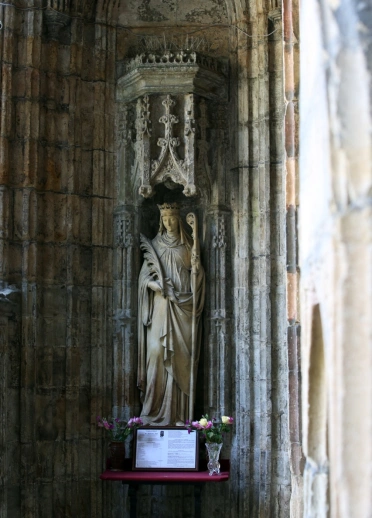
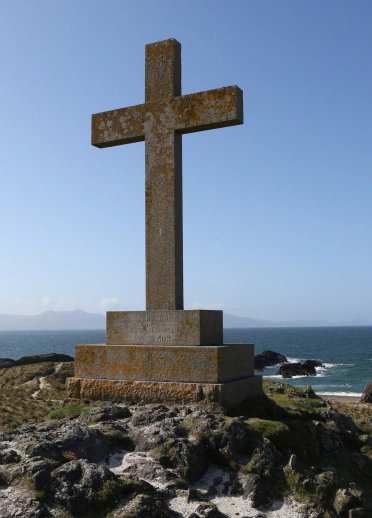
Sites in Mid Wales
- St David, Llanddewi Brefi – St David’s Church dates back to the 12th century and there are many connections with St David, the Patron Saint of Wales. There is a collection of Celtic crosses in the churchyard.
- St Tysilio and St Mary’s Church, Meifod –This was an important location for early Christianity and Saints in Wales and there are links to the Kingdom of Powys.
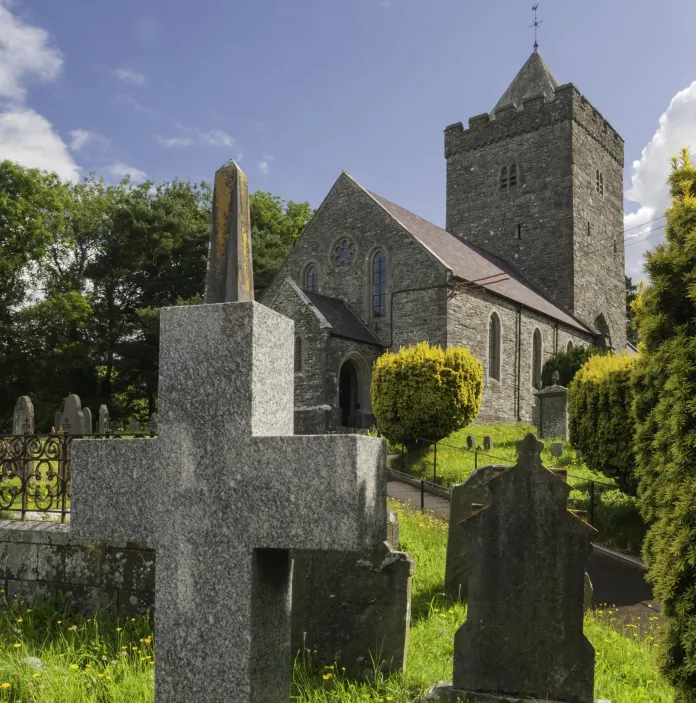
Sites in South and West Wales
- Castell Henllys Iron Age Village – It is a reconstructed Iron Age Village located in the Pembrokeshire Coast National Park.
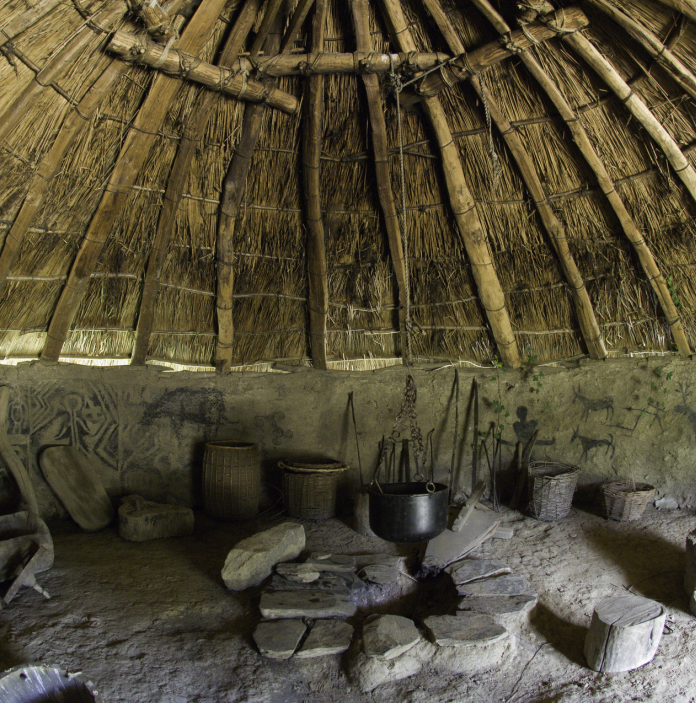
- St Illtud's Church, Llantwit Major, near Cardiff – It was a Celtic church and was rebuilt in the early 12th century. Visitors can still see its impressive collection of Celtic Stones that have national importance.
- Pentre Ifan, Pembrokeshire It has been here for over 5000 years overlooking Newport Bay. Today visitors can see the 3 upright stones that support a 16ft/5m ‘capstone’ together they form the burial chamber although it would have been covered by an earthen mound.
- St Brynach’s Church, Nevern – Associated with St Brynach. And known for the Celtic cross with intricate carvings. According to legend there is a bleeding yew tree nearby.
- St Davids Cathedral, St Davids – Associated with St David, the Patron Saint of Wales and his bones are buried here. Due to this impressive cathedral, St Davids is the smallest city in Britain. St Davids Bishop's Palace is also located here.
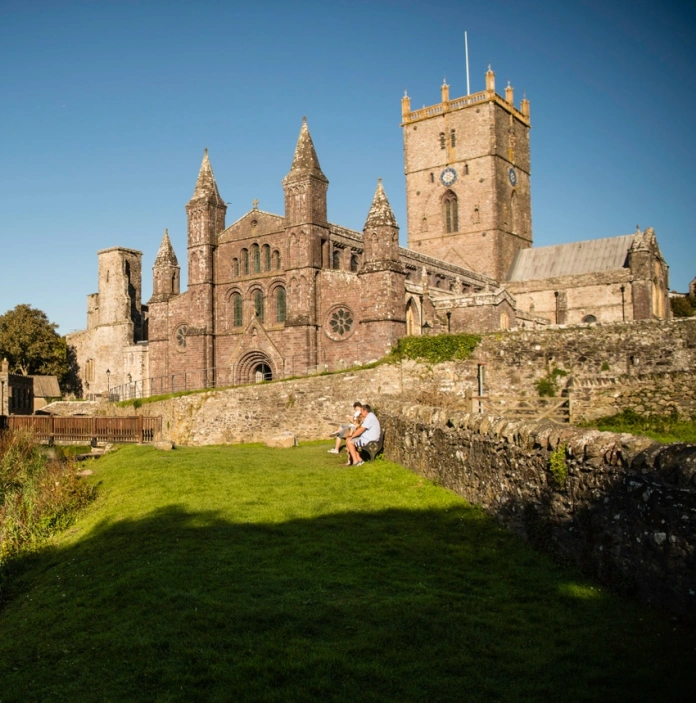
Language
Welsh (Cymraeg) is the oldest language in Britain dating back possibly 4,000 years and the oldest living language in Europe, it is a Celtic language too.
Most historians believe that the Celtic language arrived in Britain around 600BC. This version of Celtic was Brittonic (or Brythonic), which then became Welsh, Cornish and Breton languages and even today there are similar words in these languages.
According to the 2011 Census, 19% of the Welsh population aged over three speak Welsh. It is mainly spoken in the West and North West of Wales, especially in counties such as Gwynedd, Carmarthenshire and Ceredigion, although the percentage of Welsh speakers is generally higher in the West. Learning Welsh is becoming more popular and many parents send their children to Welsh medium schools although Welsh as a subject is compulsory in schools today for children up to the age of 16 years. Visitors to Wales will hear locals conversing in Welsh and all signs (including shop and road signs) are bi-lingual in Welsh and English.
Nant Gwrtheyrn on the Llŷn Peninsula is a Welsh language centre, there is the option to learn Welsh either by residential courses and operators also can book their groups to learn Welsh words and phrases to use during their holiday in Wales!
Useful words and phrases:
Bore da - Good morning
Prynhawn da - Good afternoon
Nos da - Good night
Croeso i Gymru - Welcome to Wales
Iechyd da! - Cheers!
Tafarn - Pub
Diolch - Thanks
Da iawn - Very good
Please note that this factsheet includes some top line and highlights of Celtic History and early Christianity in Wales, for more detailed information it is recommended to undertake further research.
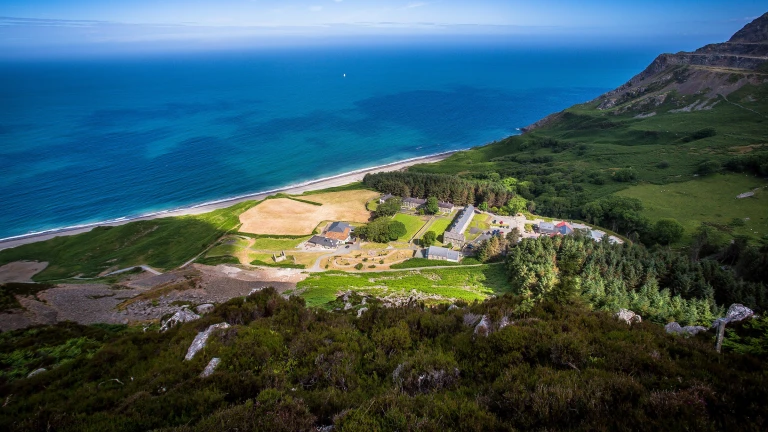
Exploring Sacred Wales
The National Churches Trust showcases the history, art and architecture of churches and chapels along and around the three national routes of The Wales Way. Photography and films helps to shine the spotlight on some of the very finest sacred spaces in the UK.
It makes it easy for visitors to discover Wales’ world class sacred heritage, providing details of opening times, special events and mapping tools to make historic churches and chapels a ‘must see’ on the tourist map of Wales.
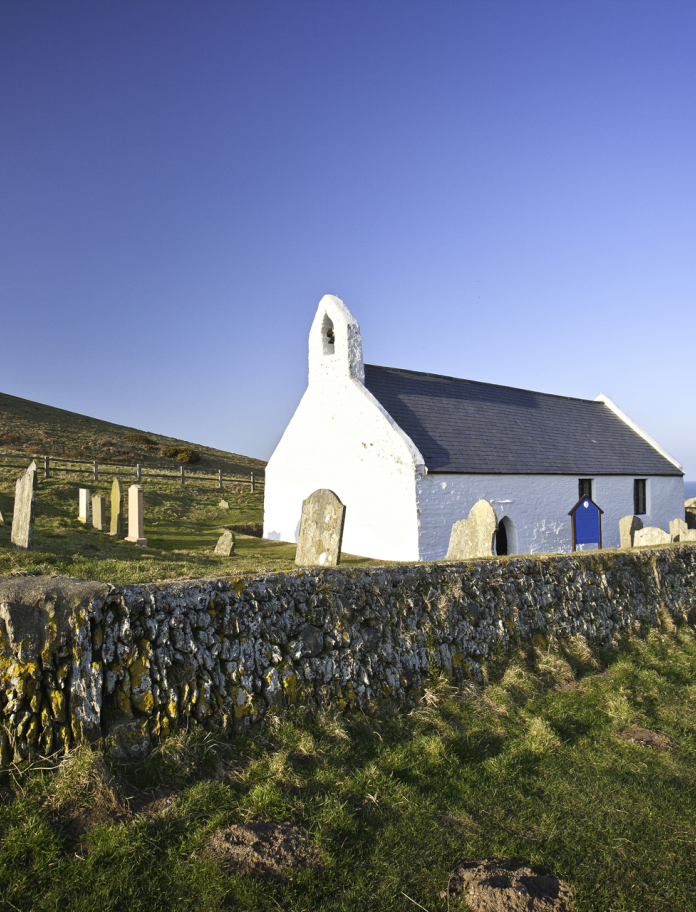
Celtic Routes
Celtic Routes is a new way to discover West Wales and Ireland’s Ancient East, which highlights and links local culture, heritage and the natural environment. Visit the Celtic Routes website for more inspiration.
